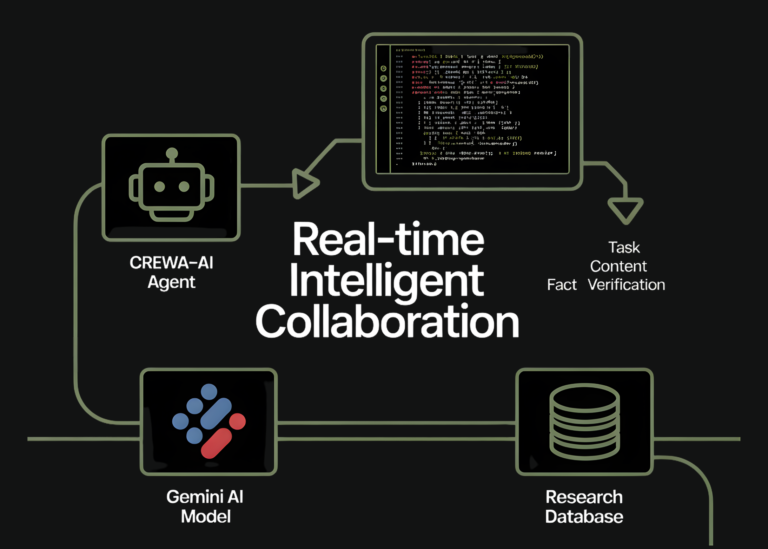AI Tools for Creating Automated Insurance Claims Processing: Revolutionizing Efficiency and Accuracy
In the insurance industry, claims processing is a cornerstone of customer trust and operational efficiency. However, traditional methods have long been plagued by delays, human error, and high costs. As the demand for faster, more transparent, and personalized services grows, artificial intelligence (AI) is emerging as a transformative force, reshaping how insurance companies handle claims. By leveraging cutting-edge AI tools, insurers are not only streamlining workflows but also enhancing accuracy, reducing fraud, and improving customer satisfaction. This article explores the role of AI in automated insurance claims processing, the technologies driving this shift, and the benefits and challenges it presents.
The Traditional Claims Process: A Landscape of Challenges
When a policyholder files a claim, the process typically involves submitting documentation, waiting for manual review, and navigating a complex approval chain. This approach often leads to prolonged resolution times, misclassification of claims, and increased operational costs. According to industry reports, up to 30% of claims processing time is spent on administrative tasks, while fraud detection remains a persistent hurdle, costing insurers billions annually. These inefficiencies highlight the urgent need for innovation.
The Rise of AI in Insurance: A Game-Changer
AI is revolutionizing claims processing by introducing automation, predictive capabilities, and real-time decision-making. By integrating machine learning (ML), natural language processing (NLP), computer vision, and robotics process automation (RPA), insurance companies are creating systems that can analyze data, identify patterns, and act with minimal human intervention. This shift is not just about efficiency—it’s about redefining the customer experience and operational resilience.
Key AI Tools and Technologies
-
Natural Language Processing (NLP):
NLP enables AI to interpret and extract critical information from unstructured text, such as claim forms, medical reports, or customer communications. For instance, tools like Google Cloud’s NLP APIs or IBM Watson can analyze policyholder narratives, identify key details, and categorize claims, reducing the need for manual data entry. -
Computer Vision:
AI-powered image recognition is transforming how damage assessments are conducted. Tools like Lemonade’s AI underwriter use computer vision to analyze photos of property damage, assess the extent of losses, and expedite settlements. This is particularly impactful in auto and home insurance, where visual inspections are time-consuming. -
Machine Learning for Fraud Detection:
ML algorithms learn from historical data to detect anomalies indicative of fraudulent claims. Companies like Progressive leverage ML models to flag suspicious patterns, such as inconsistent damage reports or repeated claims from the same policyholder. This not only minimizes financial losses but also ensures fair treatment of legitimate claims. -
Chatbots and Virtual Assistants:
AI-driven chatbots, such as those used by Allstate or HDFC ERGO, provide 24/7 support by answering customer queries, guiding them through the claims process, and even initiating preliminary assessments. These tools enhance accessibility and reduce the burden on human agents. - Predictive Analytics:
Predictive models analyze vast datasets to forecast claim outcomes, estimate repair costs, and determine appropriate settlements. This allows insurers to allocate resources more effectively and make data-driven decisions, improving both accuracy and speed.
Benefits of AI in Claims Processing
- Speed and Efficiency: AI automates repetitive tasks, reducing processing time from days to minutes. For example, Lemonade claims a 90% reduction in processing time for simple claims.
- Cost Reduction: By minimizing manual labor and errors, AI cuts operational costs. A McKinsey study estimates that AI can lower claims processing costs by 30–50%.
- Enhanced Accuracy: ML models reduce human error, while NLP ensures precise data extraction. This leads to more consistent and fair assessments.
- Improved Customer Experience: Instant updates, personalized interactions, and streamlined communication foster trust. 78% of customers prefer self-service options, which AI platforms enable.
- Fraud Mitigation: Real-time anomaly detection safeguards insurers and honest policyholders, preserving profits and fairness.
Challenges and Considerations
Despite its promise, AI implementation faces hurdles:
- Data Privacy and Security: Handling sensitive customer information requires robust safeguards against breaches. Compliance with regulations like GDPR is critical.
- Algorithmic Bias: Biases in training data can lead to unfair outcomes. Insurers must ensure transparency and fairness in AI decision-making.
- Integration with Legacy Systems: Many companies struggle with compatibility issues between AI tools and older infrastructure.
- Human Oversight: While automation is key, human expertise is still needed for complex cases or ethical decisions, balancing technology with empathy.
Future Trends: Beyond Automation
The future of AI in claims processing lies in real-time analytics, enhanced personalization, and integration with emerging technologies. For instance, AI combined with IoT devices could enable instant damage assessments via smart sensors. Blockchain may further secure data integrity, while hyper-personalization could tailor settlements based on individual risk profiles. As AI evolves, its role in predictive maintenance and proactive risk management could also reduce claims volume.
Conclusion
AI tools are not just streamlining insurance claims processing—they are redefining it. By addressing inefficiencies and fostering innovation, insurers can offer faster resolutions, greater accuracy, and superior service. However, success depends on navigating challenges like bias and privacy while maintaining a human-centric approach. As the industry embraces these technologies, the future looks brighter for both insurers and policyholders, with AI paving the way for a more equitable and efficient claims ecosystem. The journey is just beginning, and the potential for growth is vast.







